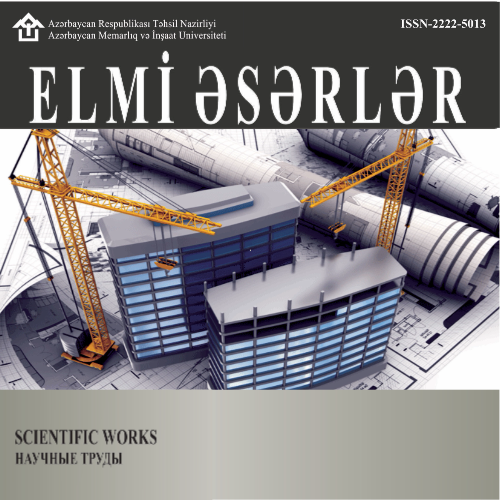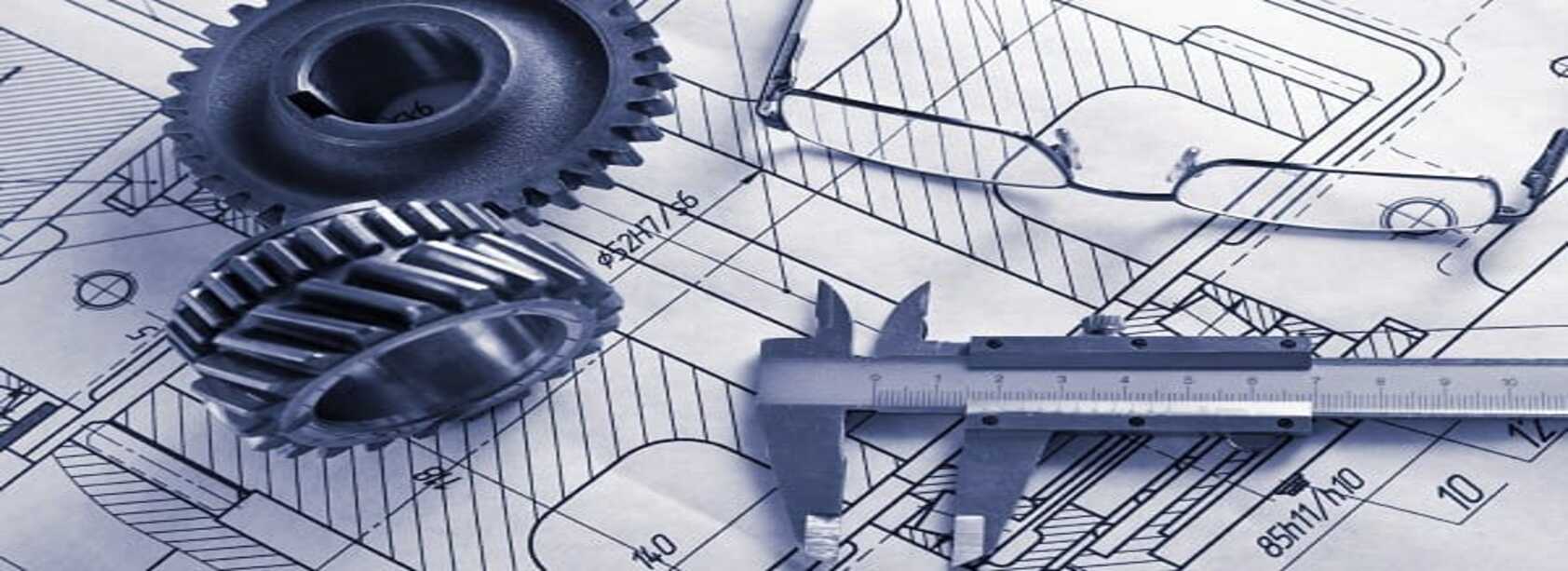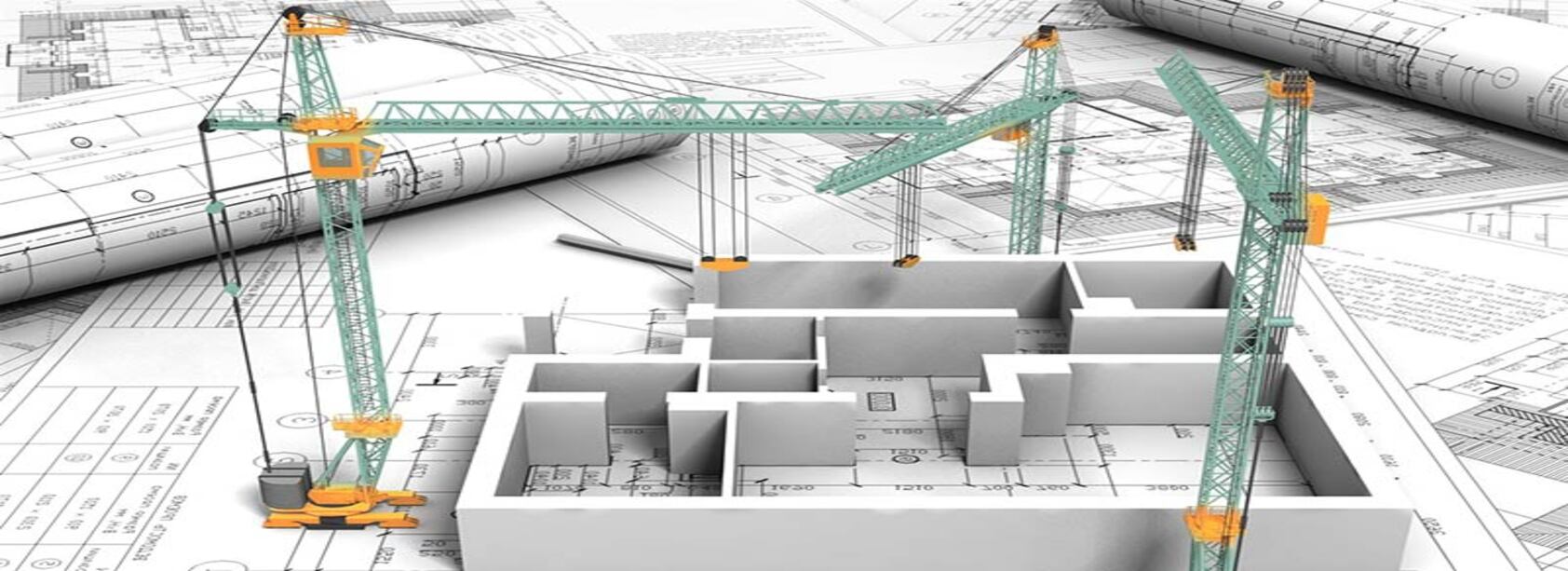
http://doi.org/1058225/sw.2023.2-161-164
INVESTIGATION OF INFLUENCE OF THE LOCAL GROUND CONDITIONS O N THE SEISMIC HAZARD OF A CONSTRUCTION SITE
Imamaliyeva Jamila Nusrat- PhD in tech.sc., ass.prof., Deparment of Exploitation and reconstruction of buildings and constructions, AzUAC, ncamila@rambler.ru
Abstract. When studying seismic hazard, it is necessary to evaluate the local effect of earthquakes. The main factors that determine the parameters of surface vibrations during earthquakes include local effects associated with the response of the soil, the effects of surface topography and the topography of internal boundaries (heterogeneities, inclusions, sedimentary basins, etc.). At present, methods for reliable estimation of these effects have been developed in seismology. Knowledge of the probabilistic parameters of surface vibrations is necessary to calculate the reaction spectra, dynamic stresses and deformations that can cause destruction of buildings, to assess the possibility of soil liquefaction. The article examines the influence of local soil conditions on the seismicity of a construction site during an earthquake. To assess the seismic stability of structures erected on a layered foundation, it is necessary to investigate the influence of local soil conditions on surface vibrations during an earthquake. The influence of local soil conditions on the change in the characteristics of vibrations of the surface of the construction site of a structure during an earthquake is the result of a complex process of the passage of seismic waves. The resulting seismic effect of the construction site is affected by the parameters of the initial seismic load and the characteristics of the soil layers underlying the base. Under certain ground conditions, dynamic amplification or attenuation can occur in the form of a change in the amount of peak acceleration or the duration of oscillations. The layers of the underlying soil are capable of changing the frequency characteristics of the oscillations of the seismic wave coming to them. The result of such changes may be an increase in oscillations in certain frequency ranges, which may coincide with the natural frequencies of the erected structure, which leads to resonance effects.
Keywords: vibration spectra, soil conditions, frequency range, seismic oscillations, earthquake-resistant construction
Məqalə INTERNATIONAL CONGRESS ON ADVANCED EARTHQUAKE RESISTANT STRUCTURES (AERS2023) adlı konfrans materialıdır.





